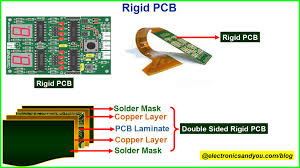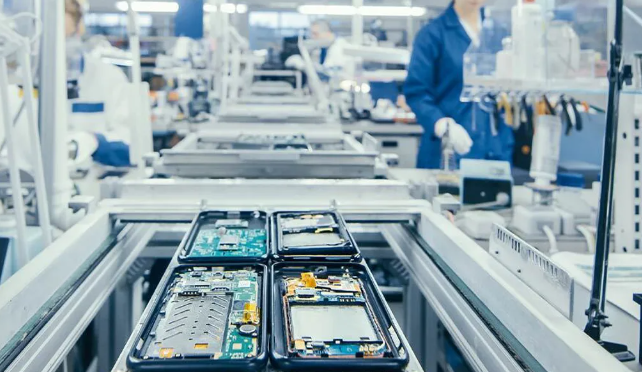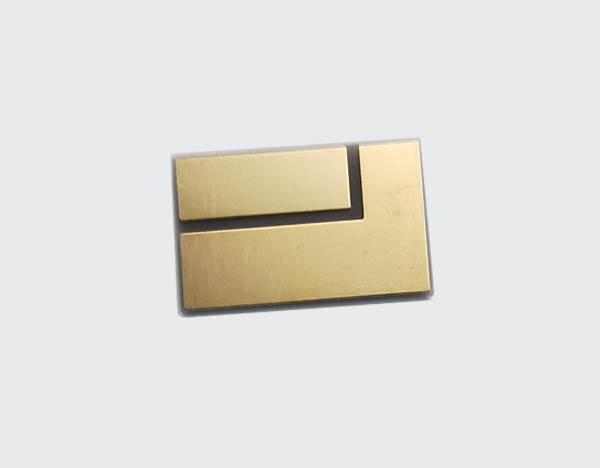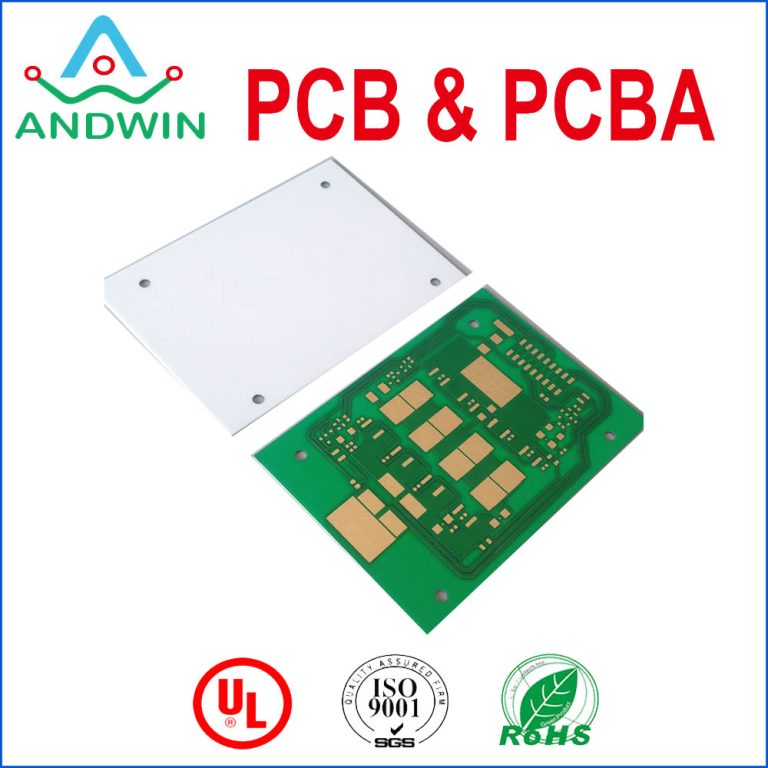Comparison between rigid PCB and flexible PCB
What is rigid pcb
PCB is further divided into rigid PCB and flexible PCB. Both rigid and flexible printed circuit boards (PCB) are used to connect electronic components in various consumer and non-consumer devices. As the name suggests, a rigid PCB is a circuit board built on a rigid base layer that cannot bend, while a flexible PCB (also known as a flex circuit) is built on a flexible base that can bend, twist, and fold
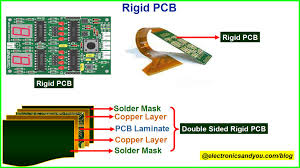
GET PCB MANUFACTURING AND ASSEMBLY QUOTE NOW!
1. The difference between rigid PCB and flexible PCB:
Rigid PCBs and flexible PCBs play a vital role in modern electronic devices, but they have significant differences in materials, design, applications and advantages.
First, from a material perspective, rigid PCBs are usually made of fiberglass-reinforced epoxy resin or phenolic resin, which give them a strong structure and stable performance.
In contrast, flexible PCB uses polyimide or polyester film as the base material. These materials have excellent flexibility and heat resistance, allowing flexible PCB to bend and fold in small and complex spaces.
Next, the differences in design are also obvious. The design of rigid PCB is usually relatively simple and suitable for circuit design with flat layout, and its multi-layer structure can be realized through lamination process.
However, the design of flexible PCBs needs to consider more mechanical stresses and bending radii to ensure that circuits are not damaged during dynamic applications. The multi-layer design of flexible PCB is also more complex, requiring precise lamination and bonding techniques to ensure its electrical performance in a bent state.
In terms of application fields, rigid PCB and flexible PCB each have their own unique advantages. Rigid PCBs are widely used in computer motherboards, household appliances, and industrial control equipment where high stability and high-density wiring are required. Its rugged construction and high reliability make it ideal for these applications.
Flexible PCBs, on the other hand, are often used in devices that require lightweighting and space optimization, such as smartphones, wearable devices, and medical devices. Its flexibility and lightness enable it to adapt to various complex installation environments and provide a higher degree of design freedom.
In addition, there are differences in manufacturing costs and production processes between rigid PCB and flexible PCB. The production process of rigid PCB is relatively mature, the cost is low, and it is suitable for large-scale production.
Flexible PCBs have higher production costs due to the particularity of materials and processes, but their advantages in specific applications make this investment worthwhile. For example, in the aerospace and military fields, the lightweight and high reliability characteristics of flexible PCB are irreplaceable.
To sum up, rigid PCB and flexible PCB have their own advantages in materials, design, applications and advantages. Rigid PCB is suitable for occasions requiring high-density wiring and high reliability due to its solid structure and high stability, while flexible PCB occupies an important position in equipment requiring space optimization and dynamic applications due to its excellent flexibility and lightness. .
By understanding the characteristics and application areas of these two types of PCBs, designers and engineers can better choose the type of circuit board that suits their project needs, thereby achieving the best design results and performance.
GET PCB AND ASSEMBLY SERVICE QUOTE NOW!
2. The similarities between rigid PCB and flexible PCB:
Rigid PCB and flexible PCB are similar in many aspects, although they differ in physical characteristics and application scenarios. First of all, in terms of material selection, both rigid PCB and flexible PCB use copper as the conductive material. Copper’s high electrical conductivity and good thermal conductivity make it ideal for circuit boards. Additionally, both require the use of insulating materials to isolate the conductive paths. Common insulating materials include polyimide and epoxy.
Secondly, the design of conductive paths is equally important in rigid PCB and flexible PCB. Whether it is a rigid or flexible circuit board, the layout and design of the conductive paths directly affects the performance and reliability of the circuit. To ensure signal integrity and reduce electromagnetic interference, designers must follow the same principles and rules when designing conductive paths.
In terms of manufacturing processes, rigid PCBs and flexible PCBs also have many similarities. Both require etching, drilling, copper plating and other process steps. Although flexible PCBs require additional steps in the manufacturing process to handle their flexible properties, the basic manufacturing process remains similar.
In terms of application fields, both rigid PCB and flexible PCB are widely used in electronic equipment. Whether it’s a smartphone, computer or medical device, both circuit boards play a key role. Although flexible PCBs have more advantages in applications that require bending and folding, rigid PCBs have more advantages in terms of structural stability and cost control.
In terms of design rules, both rigid PCBs and flexible PCBs need to follow the same electrical design rules. These rules include signal integrity, impedance control, and power distribution. Designers must take these common design requirements into consideration when designing both types of circuit boards to ensure proper circuit operation.
In terms of signal transmission, both rigid PCB and flexible PCB need to ensure signal integrity and stability. Whether it is a high-speed signal or a low-speed signal, the quality of signal transmission directly affects the performance of the entire circuit system. Therefore, designers need to take measures to reduce signal loss and interference when designing both types of circuit boards.
In terms of reliability testing, both rigid PCB and flexible PCB need to undergo strict testing procedures. These tests include environmental testing, mechanical testing and electrical testing to ensure the reliability and stability of the circuit board under various operating conditions.
In terms of environmental protection requirements, both rigid PCB and flexible PCB need to comply with environmental regulations and standards. Whether it is material selection or manufacturing process, environmental factors need to be taken into consideration to reduce the impact on the environment.
In terms of cost control, both rigid PCB and flexible PCB require cost control during the design and manufacturing process. Although the manufacturing cost of flexible PCB is usually higher, by optimizing the design and process, the cost can be effectively reduced.
Finally, in terms of quality standards, both rigid PCB and flexible PCB need to comply with international and industry standards. These standards include ISO, IPC, etc. to ensure the quality and performance of circuit boards.
To sum up, although rigid PCB and flexible PCB are different in physical characteristics and application scenarios, they are different in material selection, conductive paths, manufacturing processes, application areas, design rules, signal transmission, reliability testing, environmental protection requirements, There are many similarities in areas such as cost control and quality standards. These similarities ensure wide application and reliable performance of both circuit boards in electronic equipment.

